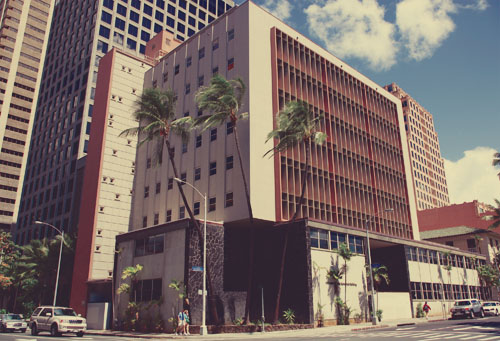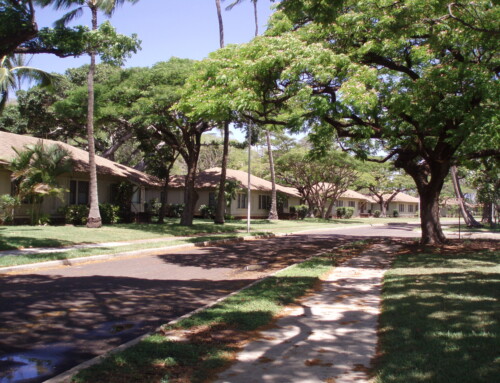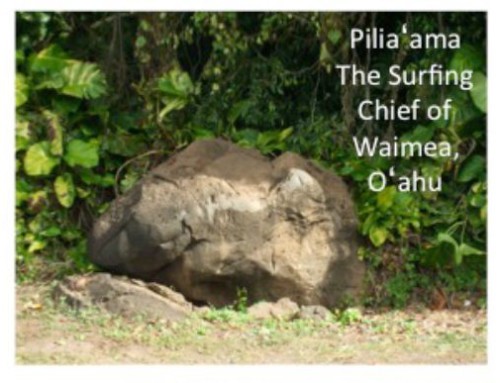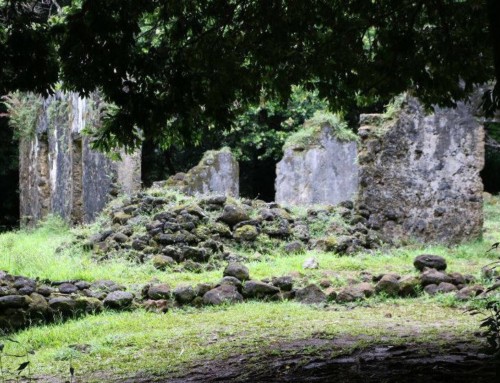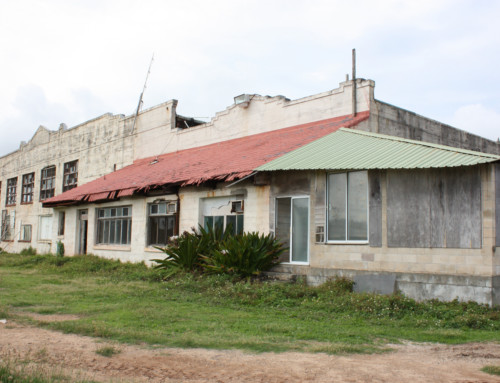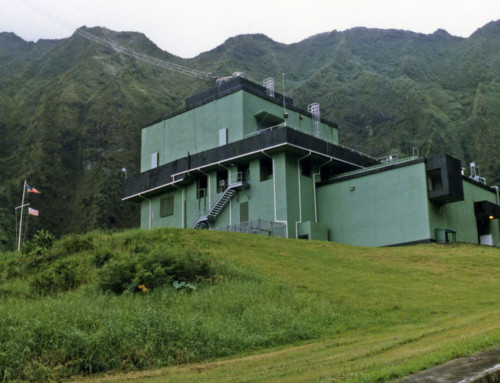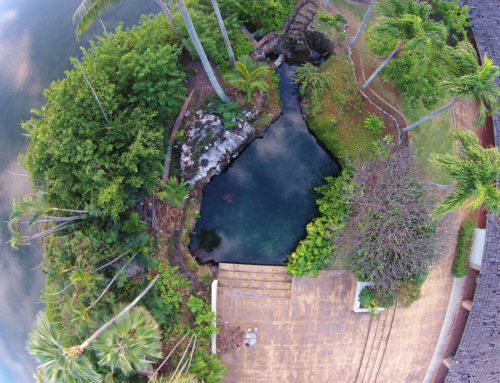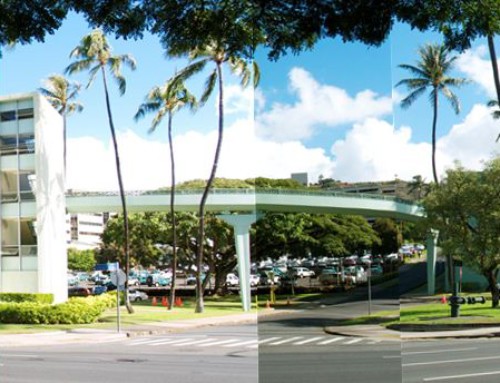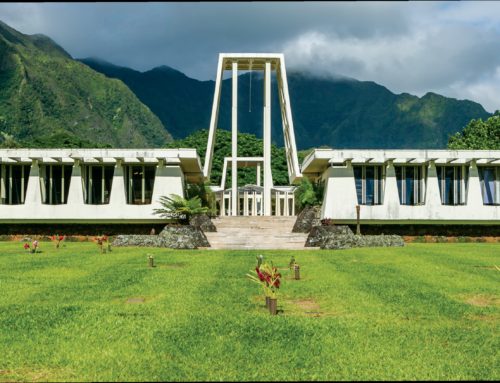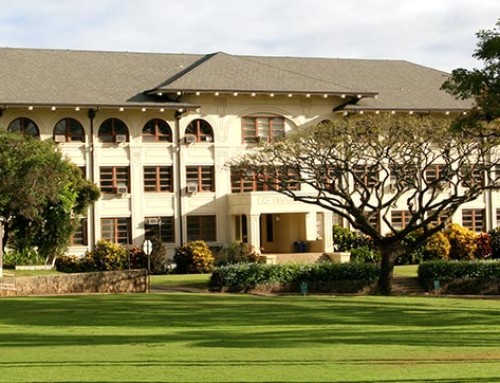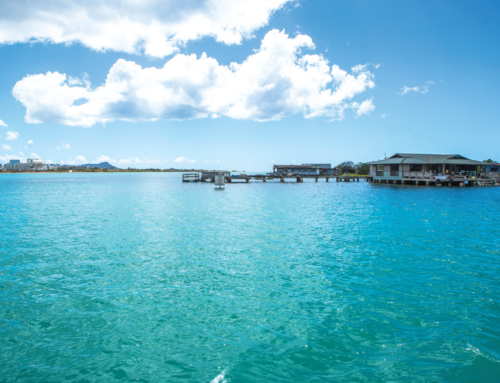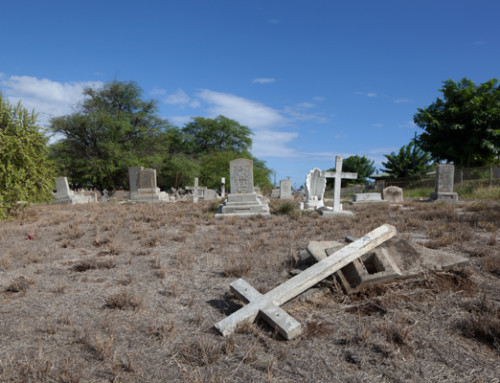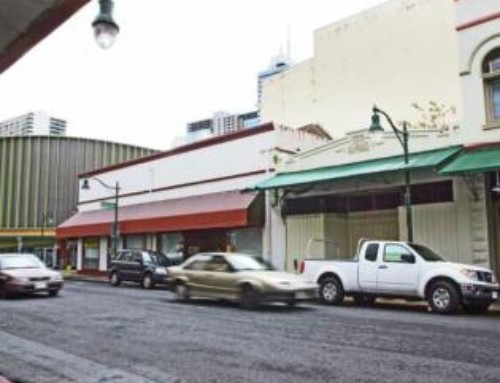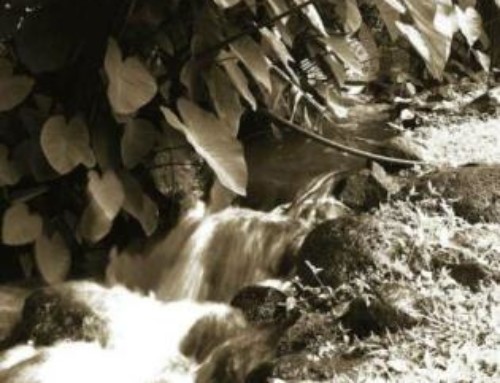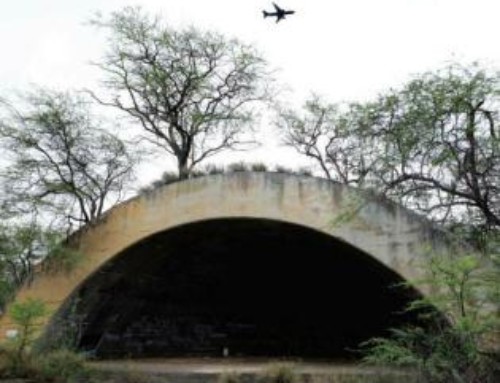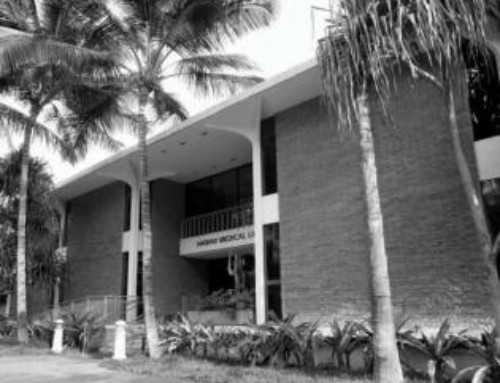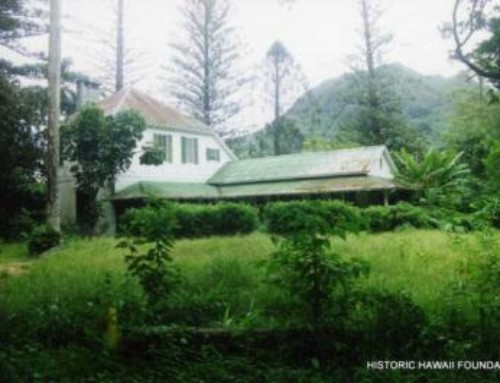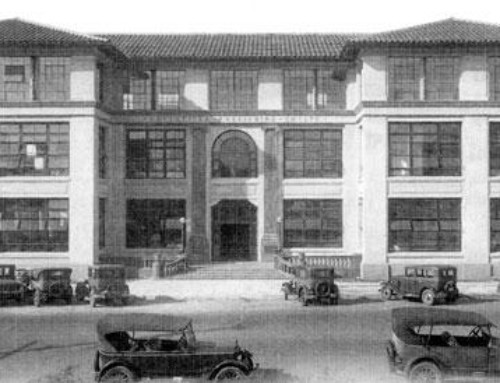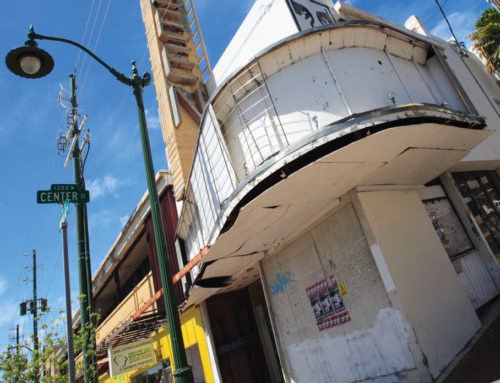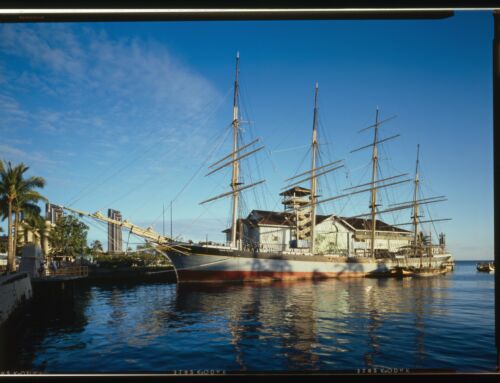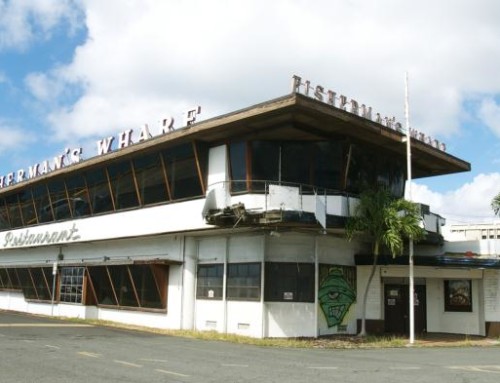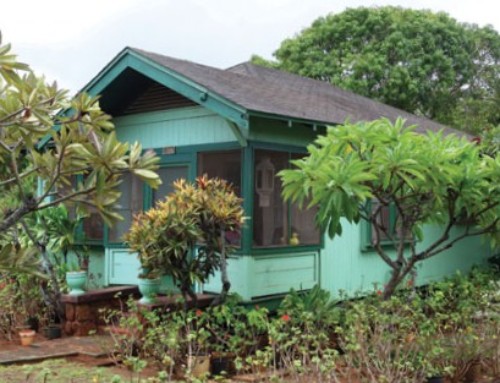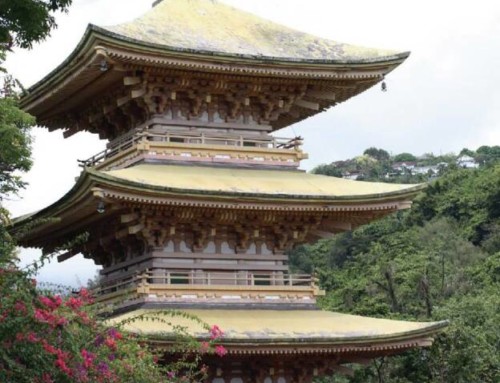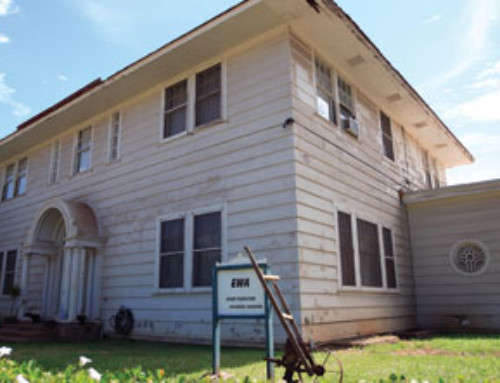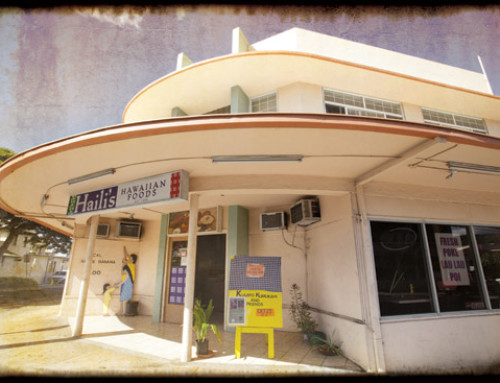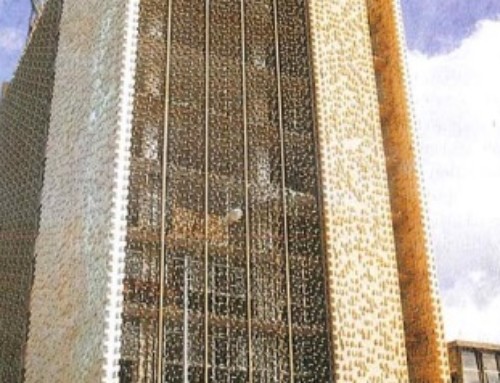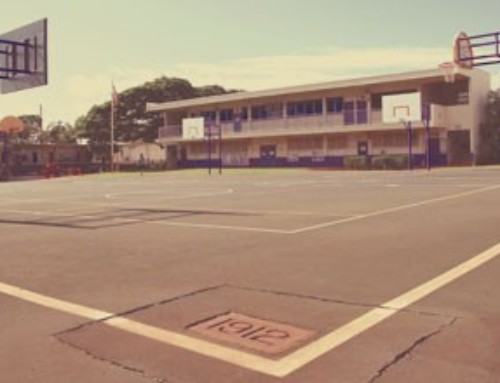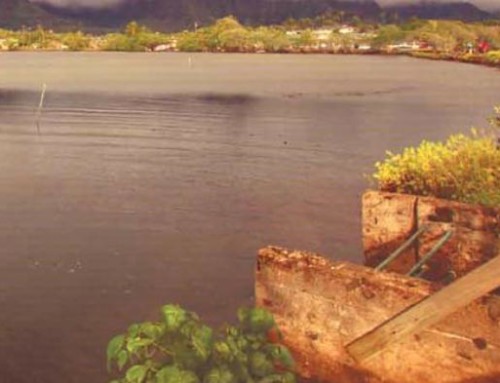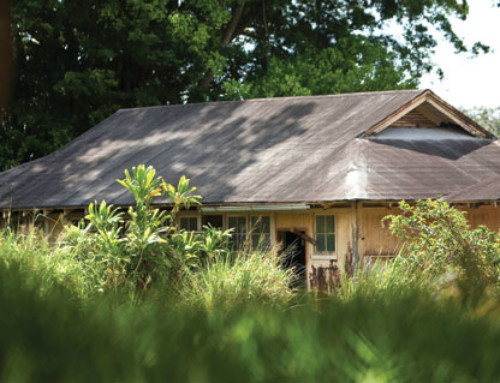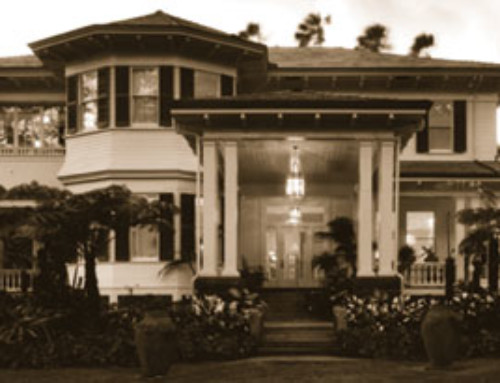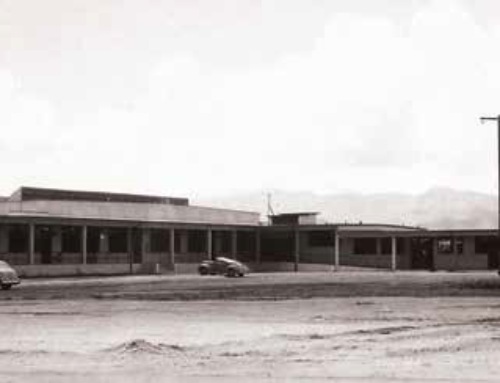UPDATE: 2012 – A WORK IN PROGRESS
Article Written By: Kathryn Drury Wagner, HONOLULU Magazine
When listed on the Most Endangered List in 2010, renovation of the state-owned, mid-century building had stalled. It’s moving forward again, one of the five projects identified in a May 2012 directive issued by Gov. Neil Abercrombie involving Project Labor Agreements [this regards unions] for state construction projects. It gave the project estimate at $32.9 million; the plan includes major renovation of the existing building, asbestos removal and infrastructure work, including electrical and plumbing repairs.
LISTED AS ENDANGERED IN 2010
Article Written By: Jenny Quill, HONOLULU Magazine
What is it?
In 1968, the state purchased this 53-year-old building located at the intersection of King and Richards Streets from the Hawaiian Trust Co. for $2.5 million. It housed the Department of Commerce and Consumer Affairs until 2003, when the building was closed for renovation due to various safety issues, asbestos among them.
What threatens it?
When the state closed Kamāmalu for repairs, the plan was to have the building open and operational again within a few years, but the renovation costs kept mounting—in 2007, the cost estimate was $27 million. “As we went along, the costs to refurbish kept going up and up,” says state comptroller Russ Saito. “Thus far, we’ve taken care of the health and safety issues. It’s a shell, but it’s safe for now. But to go beyond the work we’ve done so far, the costs would be too high to be recovered in any reasonable economic interval.”
The alternative to letting it sit around collecting dust is to have someone purchase the property, level the building and start from scratch. It’s a win-lose situation: A sale would take the building off the state’s books at a time when funds are tight, but its development means we’ll lose yet another 1950s-era building.
What can be done?
Peter Rosegg, the O‘ahu commissioner for the Hawai‘i State Foundation onCulture and the Arts, would like to see the Department of Business, Economic Development and Tourism, and the Department of Budget and Finance, both occupying upper floors of the Hawai‘i State Art Museum, moved to the Princess Kamāmalu Building. The relocation of these two departments, says Rosegg, would free up space for the museum to expand so that it may add more displays, classrooms and hands-on art and performance rooms. Rosegg also points to the vision of Hawai‘i State Capitol architect John Carl Warnecke, whose plan for the district included a thriving arts and culture center. “The Warnecke plan has been on the books since the ’60s,” says Rosegg. “When the museum was first dedicated eight years ago, there was certainly some discussion at that time about the possibilities.”
While Saito says that Rosegg’s plan is all well and good, it comes down to money. “This is a matter of economics,” says Saito. “It’s a good idea from an arts-and-culture point of view, but the state needs to accommodate all of its employees and agencies with the budget that it has.” He notes that, in recent years, the state has built a new restaurant and gift shop for the museum, and is also going to be creating a “gardenlike area” where patrons can relax. “It’s not as though we’re not spending money on culture and the arts,” Saito says. “We’re just trying to do it within the budget we’re given.”


